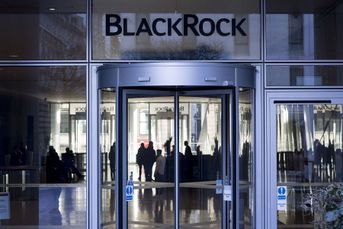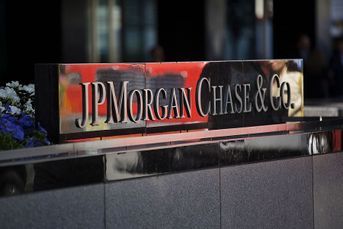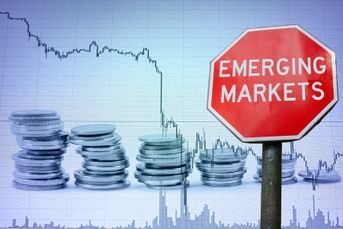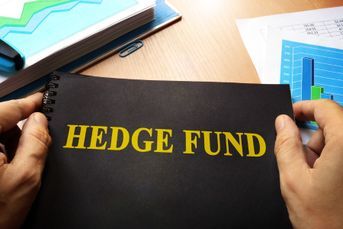Gross’ bear fund beats U.S. stocks as others fall
Two market crashes in a decade haven’t helped bear market mutual funds avoid the distinction of worst-performing strategy.
Two market crashes in a decade haven’t helped bear market mutual funds avoid the distinction of worst-performing strategy. The only exception: Bill Gross’ babies.
Mr. Gross, best known for overseeing the world’s biggest bond mutual fund at Pacific Investment Management Co. LLC, also runs the top-ranked fund that bets on a decline in stocks. The $1.6 billion Pimco Stocksplus TR Short Strategy Fund has advanced 3% annually in the past five years — the only bear market mutual fund to beat U.S. stocks over that period, according to Morningstar Inc. Bear funds trailed equities over the past five- and 10-year periods, and were the worst performers over both time spans.
“Few people are smart enough to tell where the market is going,” said fund consultant Geoff Bobroff. “Bill Gross and his team have developed the right tool kit here.”
Bear funds have failed to profit from two crashes in a decade, the second of which, from 2007 to 2009, erased $11 trillion in market value and left the S&P 500 below where it stood 11 years ago. After surging a record 30% in 2008, the funds slumped 34% in 2009 and 24% in 2010 as the stock market rebounded, according to Morningstar.
U.S. mutual funds that short, or wager on a decline in stock markets, on average have tumbled at an annual rate of 10% over the 10-year period through March, the most of 90 strategies tracked by Morningstar. They’ve fallen 13% over the past five-year period. The group includes 42 funds, with active as well as passive strategies, some of which attempt to amplify market gains or losses.
“Bear funds have had a really poor track record,” said Morningstar analyst Nadia Papagiannis. “One period of good performance isn’t good enough to make up for several years of poor performance.”
The funds have been a niche strategy since the mid-1980s. They hold about $4.8 billion in assets, accounting for less than 0.1% of the $8.4 trillion in stock and bond assets, Morningstar data show. Funds that invest in large-company stocks, the most popular, have about $2.4 trillion in assets.
Bear funds have attracted money after the recent market crash, with investors pouring $4.7 billion into the strategy in 2009 and 2010. Assets in bear mutual funds peaked at $5.5 billion as of Dec. 31.
LIFTING RETURNS
The funds can bet against the stock market by short-selling individual stocks or by using derivatives to short indexes such as the S&P 500. Mr. Gross’ fund, started in 2003 to provide “inverse exposure” to the market, uses derivatives to bet against the stock market, and it may use borrowed money and fixed-income securities to lift returns, according to information posted on Pimco’s website.
The fund allows investors the chance to profit in two ways. If the stock market is declining, investors gain from the short positions. If the stock market is rising, investors can offset losses from the short positions through the fixed-income portfolio. The Pimco fund returned 49% in 2008 when the S&P 500 fell 38.5%. The fund declined 14% in 2009 and 8.5% in 2010.
“In effect, it’s two funds in one,” said Rick Lake, co-chairman of Lake Partners Inc., which advises institutions on $3.5 billion in assets. “The outperformance is due to the recent strong performance of bond funds in general and Pimco bond funds in particular.”
Mr. Gross was not available for comment.
GRIZZLY FUND
The top-performing actively managed bear mutual fund in 2008 was Leuthold Weeden Capital Management’s $90 million Grizzly Short Fund, which returned 74%. Even with that gain, the fund has declined at an annual rate of 9% over the past five years.
Funds that magnify the inverse return of a specific index have been hurt particularly badly. Direxion Funds’ Monthly Emerging Markets Bear 2x Fund, which aims to provide investors with twice the inverse return of an emerging-markets index, is down 51% over five years, the worst performer in the category.
“Leveraged funds can really amplify losses,” Ms. Papagiannis said.
Funds that employ techniques such as shorting also are more expensive than traditional long-only funds, said Todd Rosenbluth, a senior director at Standard & Poor’s. The average expense ratio of funds that have the ability to short is 2%, compared with 1.3% for large-cap-value funds, he said.
“Investors are paying 70 basis points more for these alternative strategies, which will hurt returns even more,” he said.
Learn more about reprints and licensing for this article.








